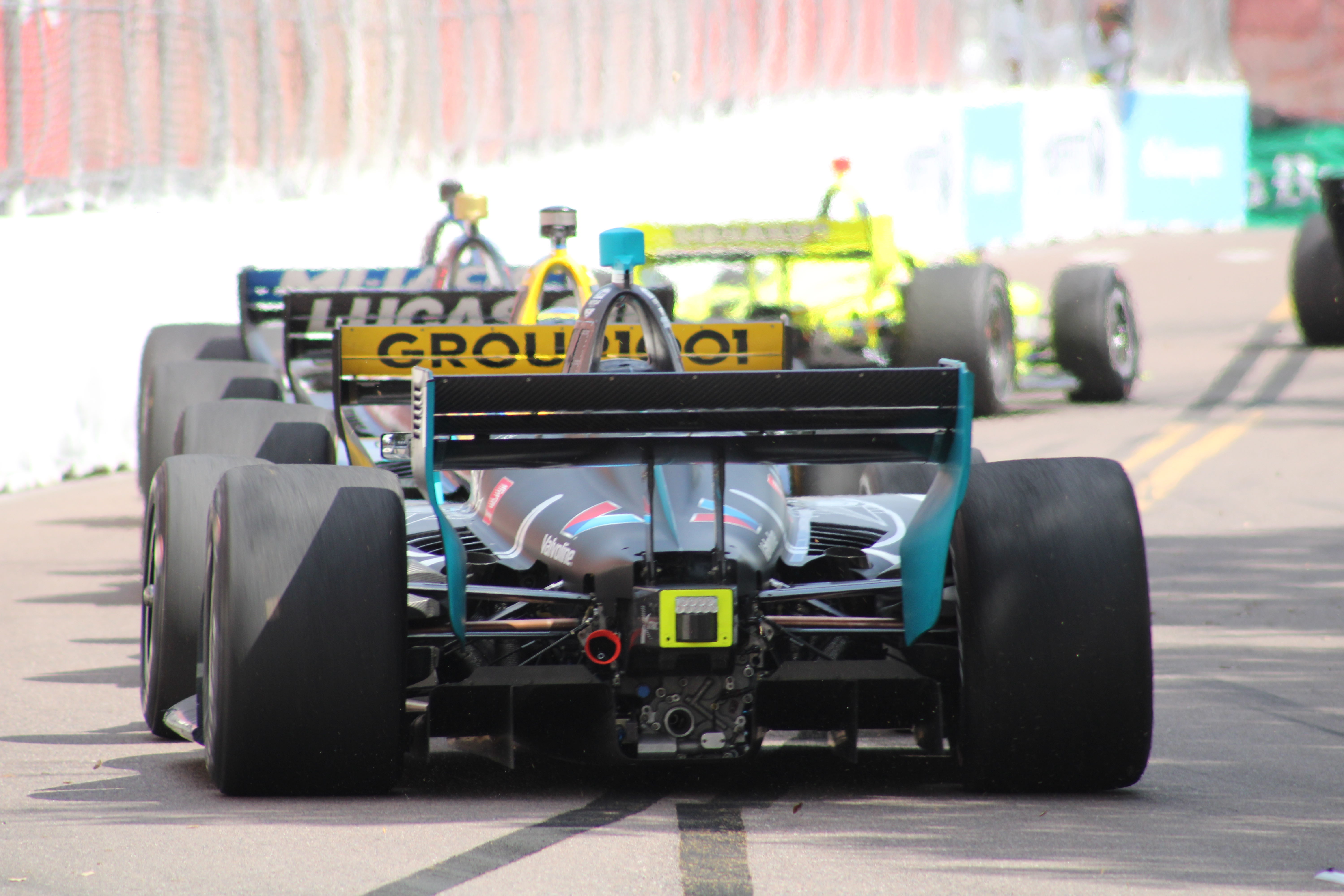The NTT IndyCar Series will soon step into a new age regarding technology.
New cars will be coming in 2022, and with that, also hybrid systems on all the cars. It was announced by the series today, 1 August 2019.
Chevrolet and Honda welcome the hybrid plans, which they no doubt can also use in marketing terms.
The conventional combustion engine and the hybrid system will give the cars over 900 horsepower, with some of that power being activated for the Push2Pass system.
A bonus with adding the hybrid is that external starters are no longer needed for the cars, but they can power up themselves like we know from things like the Toyota hybrid cars at Le Mans. That should result in a reduction of help needed from officials, when a car stalls out on the circuit.

Photo: JJ Media
The harvesting will only be from a single source, which will be the brakes of the cars. We haven’t got any informations about how that would work on the ovals, or if the system won’t be used on the ovals at all. Some of the ovals are run without touching the brakes, so it wouldn’t be able to recharge the batteries, when the power has been used. A possibility would be recharging the batteries before the drivers go on track, and the then would have x number of seconds of Push2Pass before it runs out.
With the announcement today, Indycar hopes that more engine manufacturers would be interested, by showcasing the new technology.
The engines will be 2,4 litres instead of the current 2,2 litres. The original plan was to introduce them in 2021, with the new chassis starting in 2022, but it’s now done in one swift manoeuvre, which probably is a better solution, in regards to potential adaption problems if the new engines should have been on the old chassis’s.
The new cars will have a guaranteed lifespan of at least six seasons, so the teams and constructors have a stable platform until the end of the 2027 season.



